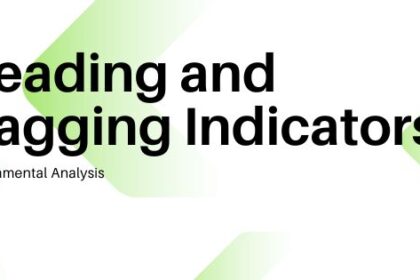Research By: Amisha Aggarwal
Yield to Maturity represents the total return an investor earns if a bond makes all its scheduled
interest payments and repays the principal amount at maturity.
To gain a better understanding of Yield to Maturity, it’s helpful to break down the term into its two
components: “yield” and “maturity.” By examining each component separately, we can get a clearer
picture of what Yield to Maturity truly represents.

Yield is expressed as a percentage based on the invested amount, the current market value, or the
face value of the security.
Yield = Net realised return / Principal Amount
Let’s assume a hypothetical situation:
Case I: Bond is at par
Face value: Rs1000
Coupon Rate: 10%
Interest: 1000 x 10% = 100
Therefore, Yield= 100/1000 = 10%
Case II: Bond is at discount
Face value: Rs1000
Market Value: Rs800
Coupon Rate: 10%
Interest: 1000 x 10% = 100
Therefore, Yield= 100/800= 12.5%
Case III: Bond is at premium
Face value: Rs1000
Market Value: Rs1200
Coupon Rate: 10%
Interest: 1000 x 10% = 100
Therefore, Yield= 100/800= 8.33%
In Case I, when the bond is at par, its yield is 10%. In Case II, when the market value of the bond is
lower than its face value, the bond is considered to be at a discount, resulting in a yield of 12.5%. A
higher yield suggests that the bond’s price is lower, possibly due to rising interest rates since the
bond was issued or because it carries more risk, prompting investors to demand a higher return. In
Case III, the bond is at a premium, which means its market value is higher than its face value, leading
to a lower yield. This lower yield could indicate that the bond is perceived as less risky, and investors
are willing to accept a lower return in exchange for greater safety.
Maturity is the agreed-upon date when an investment concludes, often resulting in the repayment
of a loan or bond, the fulfillment of a commodity or cash payment, or the completion of another
payment or settlement obligation.
Yield to maturity is the internal rate of return (IRR) of an investment in a bond if the investor holds
the bond until maturity, with all payments made as scheduled and reinvested at the same rate.
The YTM is the projected annual rate of return that a bond is anticipated to earn based on three key
assumptions:
- Assumption 1 → Assuming the bond investor kept the debt instrument until the maturity
date, the return is calculated. - Assumption 2 → All due principle repayments and interest payments were made on time.
- Assumption 3 → The yield-to-maturity (YTM) and the coupon payments were reinvested at
the same rate.

The components of the yield to maturity (YTM) equation consist of the following inputs:
- Coupon Payment (C) → Based on the bond’s coupon rate, also known as the “interest
rate.” All other things being equal, the yield is generally higher the higher the coupon
rate associated with the bond. - Face Value (FV) → The amount that a bondholder will receive back on the date of
maturity is known as the face value of the bond, also known as the par value. - Present Value (PV) → The bond’s present value (PV) is the price that investors are
currently willing to pay for it on the open market as of this writing. Depending on supply
and demand and market conditions, the bond’s PV may or may not be greater than its
FV. - Maturity Date: The predetermined date that the issuer must contractually return the
principal; the number of years to maturity can be calculated from this date. - Number of Compounding Periods (n) → The term “number of compounding periods” (n)
denotes the product of the number of payments made in a given year and the number of years until maturity. For example, if there are five years before maturity and semi-annual coupon payments, then n = 10 periods would be involved.
Let’s examine an example to gain a better knowledge of the YTM formula and its operation.
Let’s say that a bond with a $1,000 face value is available on the market and is priced at $850. The
yearly coupons on this bond are $150. The bond has a 15% coupon rate, and it will mature in 7 years.
YTM= [ 150 + ( 1000 – 850 ) / 7 ] / [ ( 1000 + 850) / 2 ] = 18.53%
The bond’s estimated YTM is 18.53%.
Yield to maturity is primarily important because it makes it easier for investors to evaluate the
predicted returns of various securities and compare them. Making educated choices regarding which
assets to add to their portfolios requires knowledge of this.






